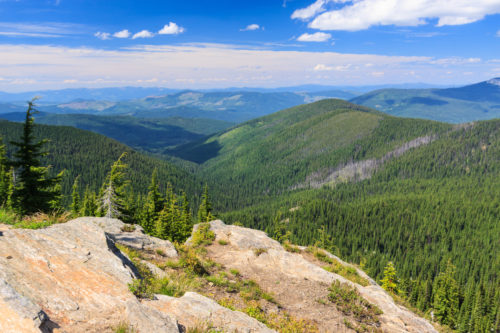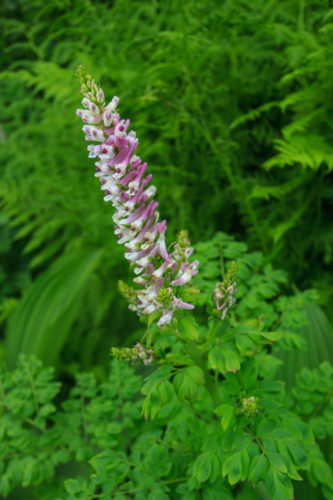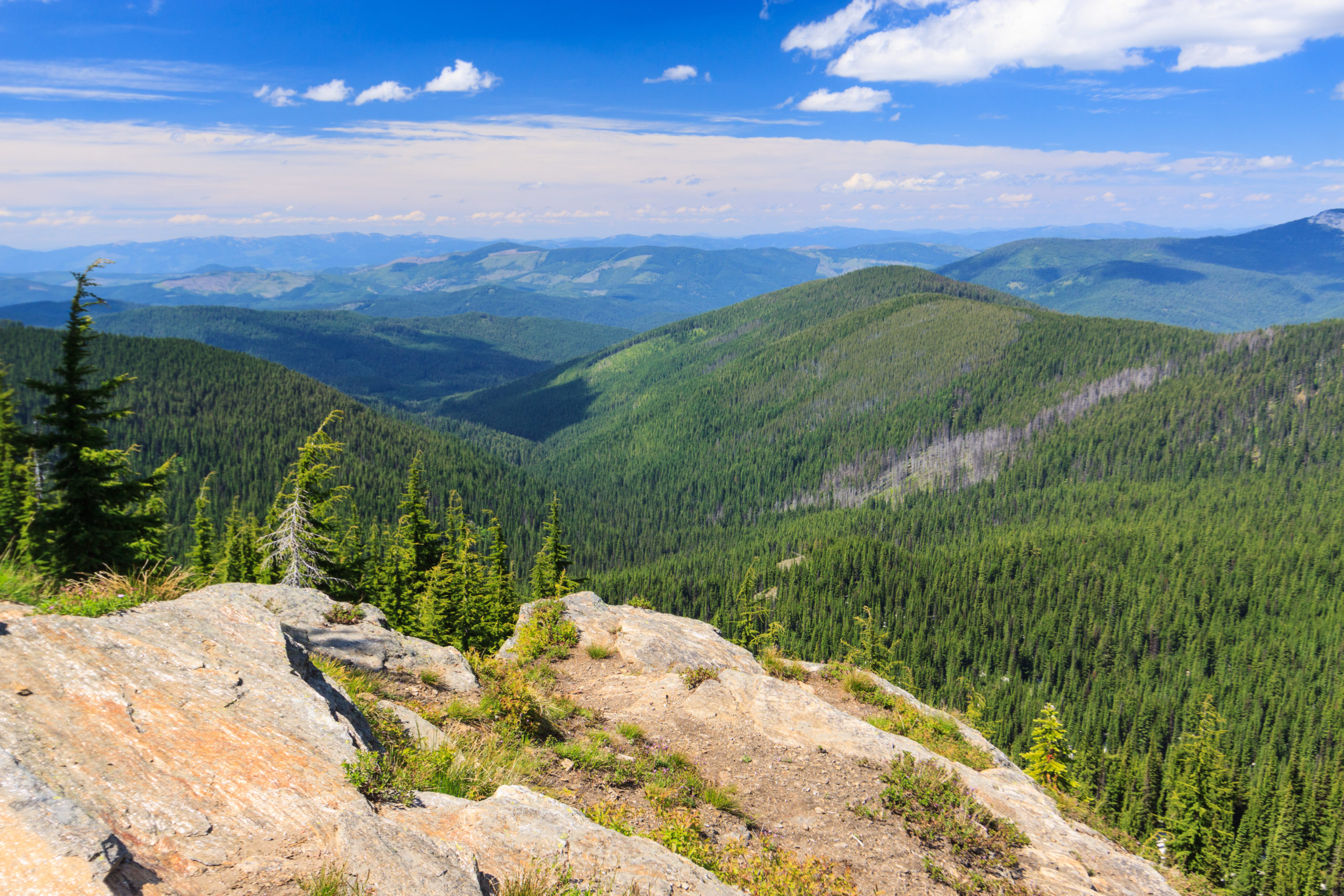
For many years, I have spent my Fourth of July basking in the part of America that I enjoy the most: its wild and natural beauty. It started in 2011 when I explored the Hobo Cedar Grove for the first time. Then again in 2013 when I hiked Grandmother Mountain. In 2015, I spent the fourth in the Seven Devils with friends. This year, I returned to Grandmother Mountain for what may be my last visit to one of my favorite peaks in the vicinity of Moscow.
America owes its wild places to a conservation movement that began as early as the 19th century, but really took off in the early 20th century. And while we should celebrate that we have set aside land for conservation and recreation, we should also recognize the cost of doing so. Native Americans were displaced from their homelands only to see sacred landmarks turned into tourist spectacles. In the appalachians, many families were forcefully removed from their land without just compensation to create Shenandoah National Park and the Blue Ridge Parkway. The history of conservation and preservation of land isn’t always kind and people have been marginalized as a result. In the case of the Appalachian peoples, there is a deep distrust of the federal government that resides generations later.
I don’t recommend giving the land back and undoing the protections created by national parks and wilderness areas. But we can maybe do better at including the historical land owners and occupants when it comes to decisions about how to maintain and manage the land moving forward. In the West, native american tribes should absolutely have a say as to how their current and ancient sacred places get utilized, whether for tourism and recreation or for commercial resource extraction. And with the the people of appalachia, perhaps we can work to ensure that their historic homesteads aren’t completely forgotten by the ravages of nature.
As I sit on Grandmother Mountain looking over the Marble Creek drainage, I can’t help but wonder who lived on and utilized this land before it was logged clear, and how that impacts the landscape today.


In two weeks I will be moving to North Dakota to start teaching biology at Williston State College. While I am excited to begin this next chapter and to have a new home to explore, I will miss many of the attributes of the northwest, including trees and mountains. North Dakota has neither, at least not in abundance. Instead, I will have the unique formations of the Badlands and the biology of the prairie at my doorstep. There will be new plants and animals to learn, as well as new culture and history. I will have Theodore Roosevelt National Park and the Little Yellowstone National Grassland as my local playgound. Canada will be only an hour away. And I will have summers free to explore locally and beyond.
There is much I will miss. Lush forests, flower-laden alpine meadows, mountains, clear creeks and rivers, and hot springs. For now, I will spend my remaining time here relishing the grand landscapes that I have been immersed in for the past 10 years, and know that this is not goodbye, but more of a “see you later.”

